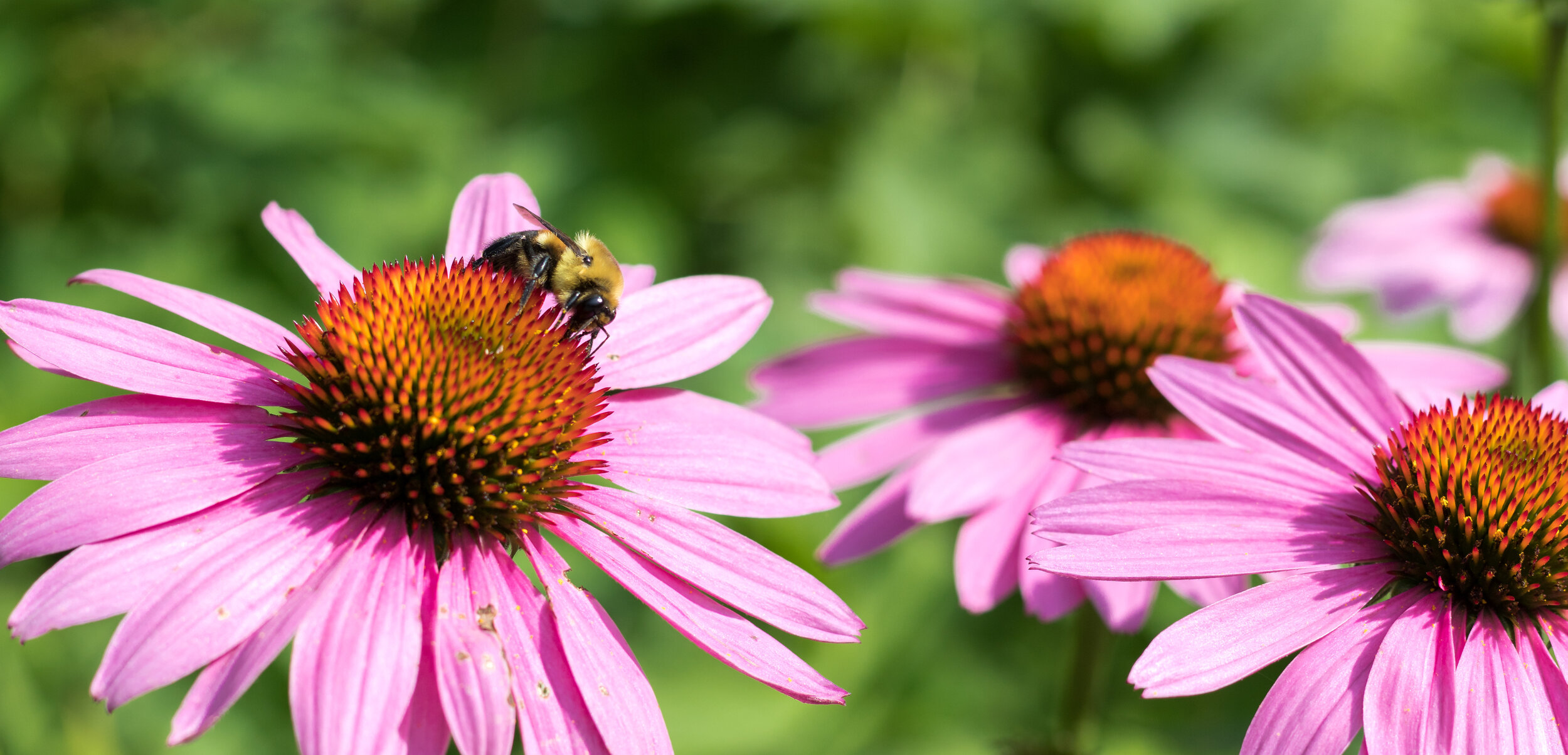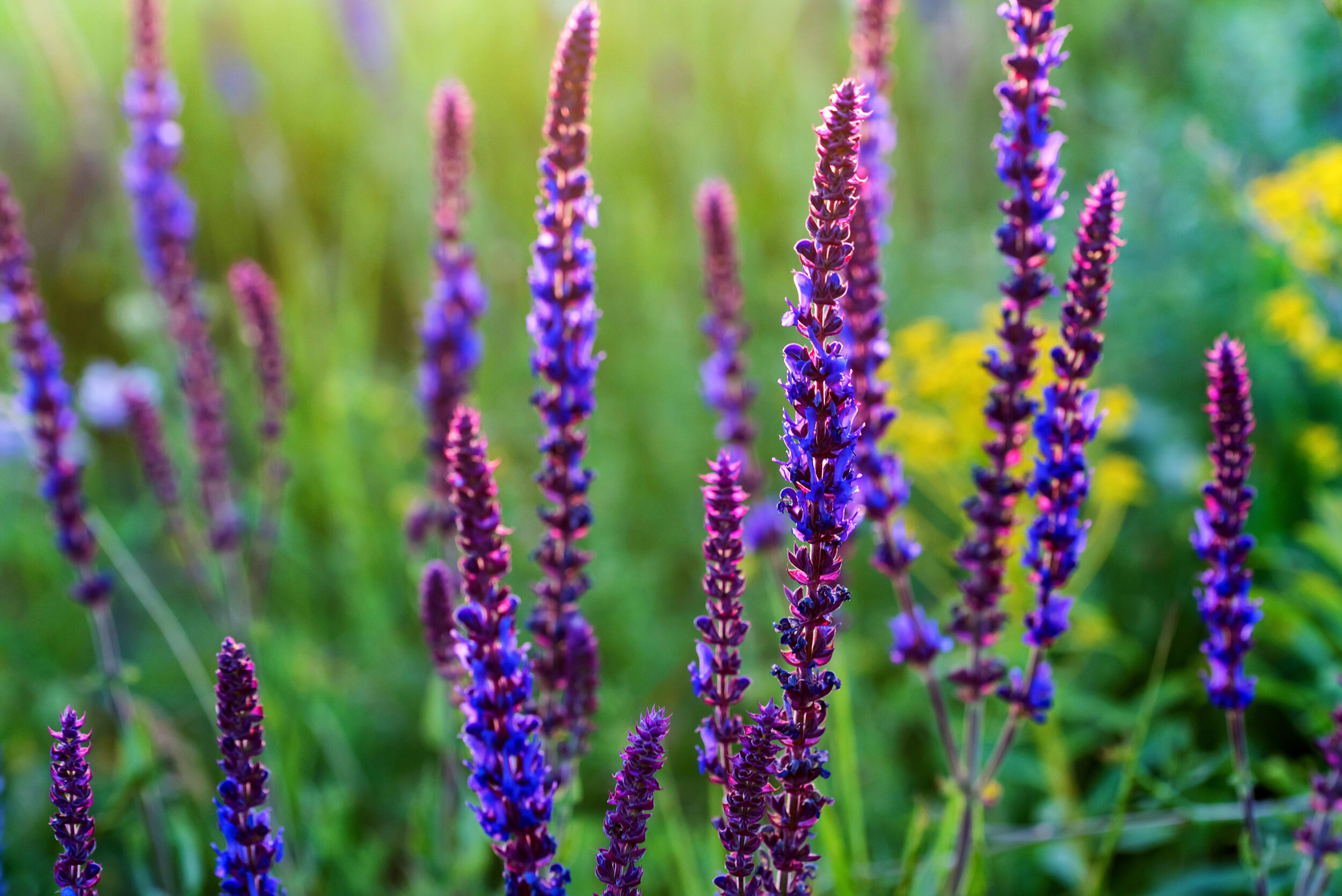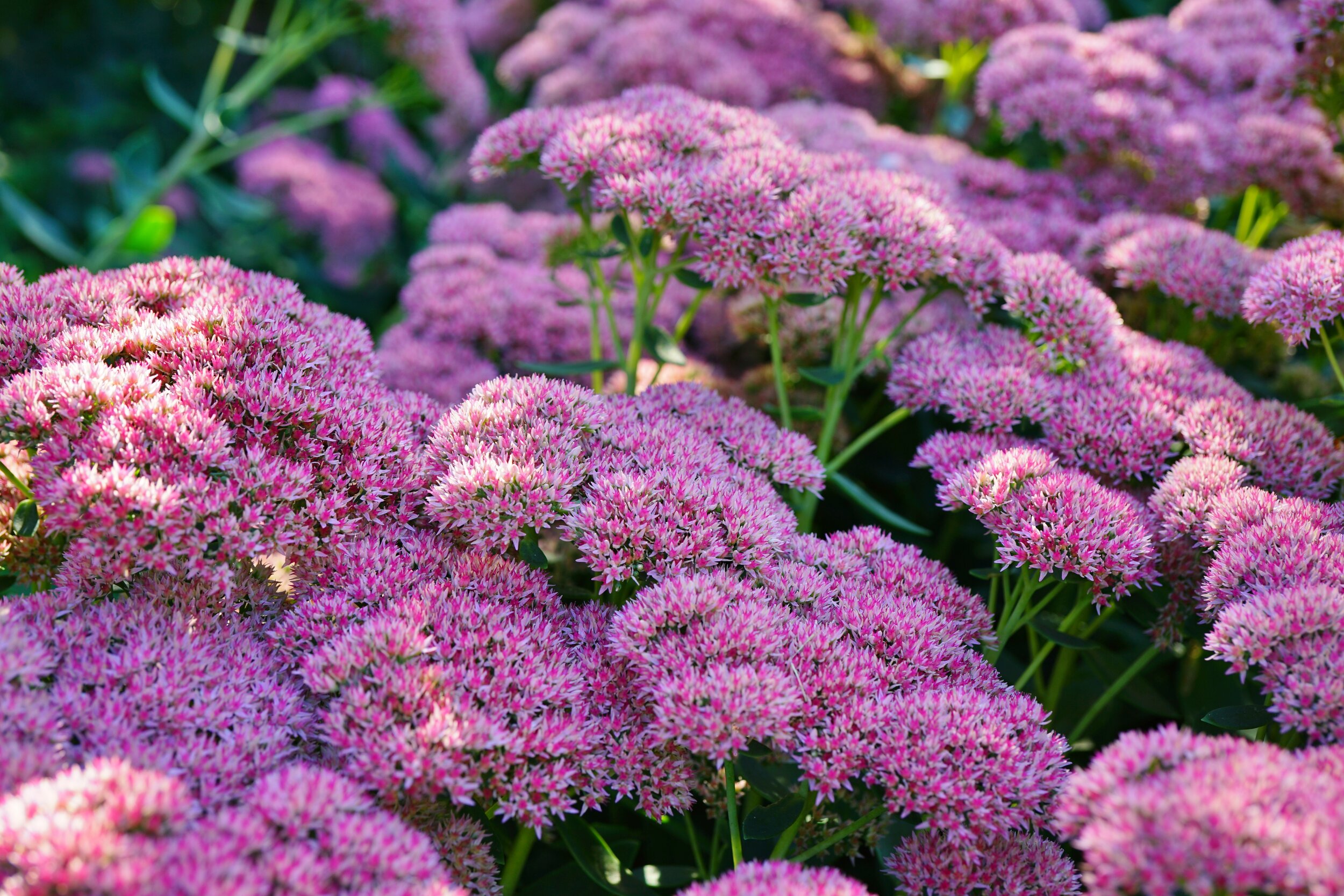What Will Grow In My Yard?
What Will Grow In My Yard
A Guide To PLANT HARDINESS ZONES
“I want to grow X” and “What can I grow in my garden”, are two questions I get all the time. Knowing what plant hardiness zone you live in is the first place to start. These zones were developed in the 1960’s and are set by the U.S. department of Agriculture. They provide a standard by which a gardener or grower can determine whether a plant will survive. This zone rating also gives you a pretty good idea as to what that a zone’s minimum temperatures are and when the last possibility of frost is likely to be. An internet search will pull up a plethora of zone guides. There is the USDA hardiness zone map, The American Horticultural Society heat-zone map, and the Sunset Garden zones map for the West, just to name a few. You can take your pick. There are many pieces of advice about which are the best or most commonly used maps and they will vary from region to region. In general, for a basic overall guide to assessing what will or will not be viable in your area, the USDA established zones are your best bet. They are the universal standard. If you are looking to fine tune your growing limits then one of these others would be an additional helpful resource. For example, I live in USDA hardiness zone 9. I also live in Sunset zone 15 which accounts for the specific micro climate that is in my area. The latter zone definition accounts for the total climate: including the length of the growing season, the amount of rainfall, winter lows, summer highs, wind, and humidity, just make sure when you are matching up plants to zones, you are comparing apples to apples. This can all get confusing quickly. Most nurseries will list the USDA zone on the plant tag. along with both it’s botanical and common name. Between the three you should be able to determine whether the plant is viable in your garden. Here are some examples of plants that thrive in Zone 9
For further information, see the following websites.
https://planthardiness.ars.usda.gov/PHZMWeb/
http://solanomg.ucanr.edu/files/245158.pdf
https://www.sunsetwesterngardencollection.com/climate-zones



